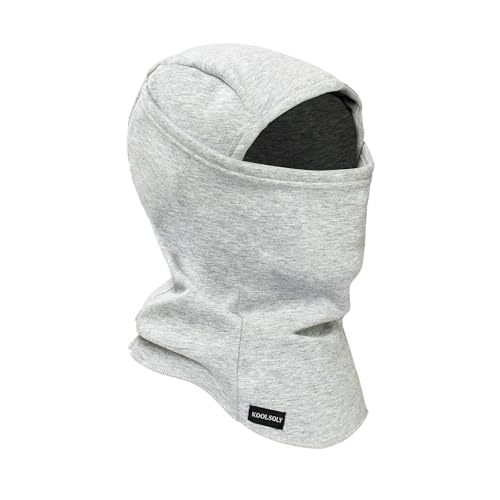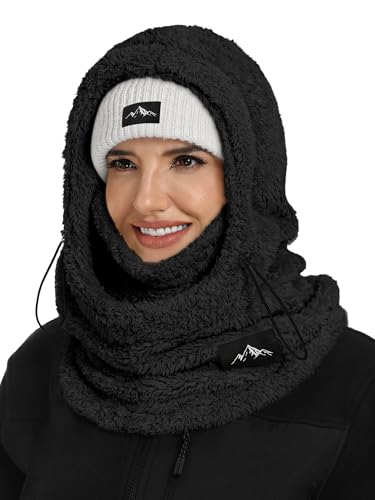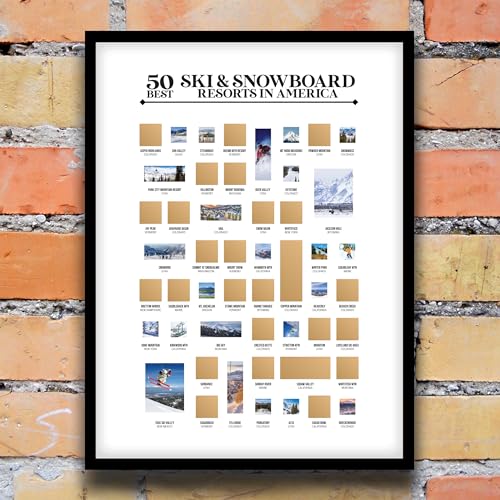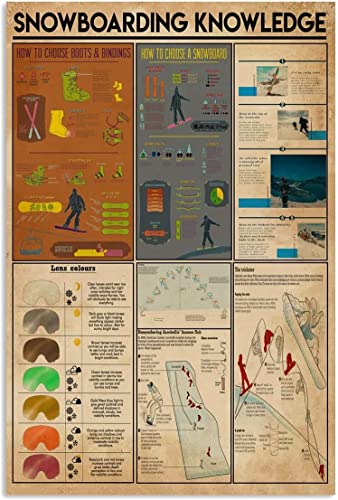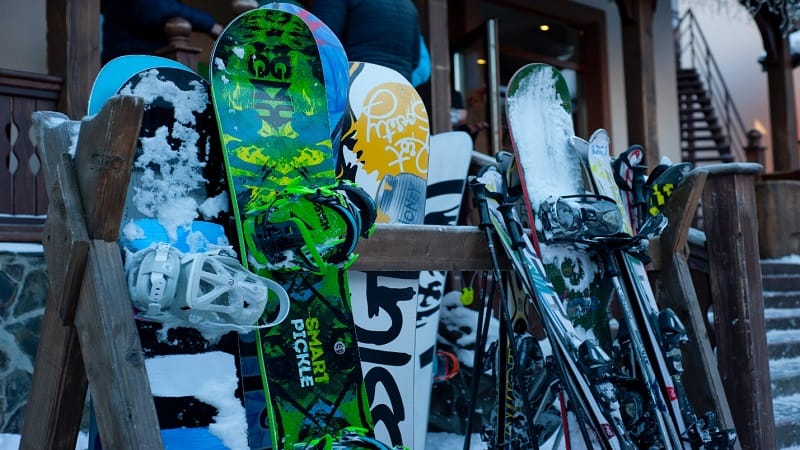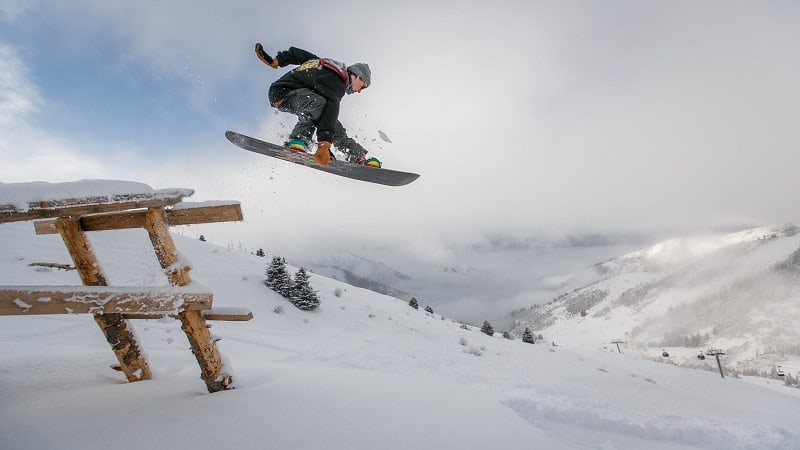So you’re a seasoned skier looking to switch tracks and dive into the world of snowboarding, huh? Well, congrats! You’ve already conquered the slopes on two planks, so why not try doing it on one? It’s not every day that you decide to take on a new challenge like this. Changing sports, especially winter ones can be an exhilarating ride. But don’t you worry! With your skiing background, you’re already off to a great start.
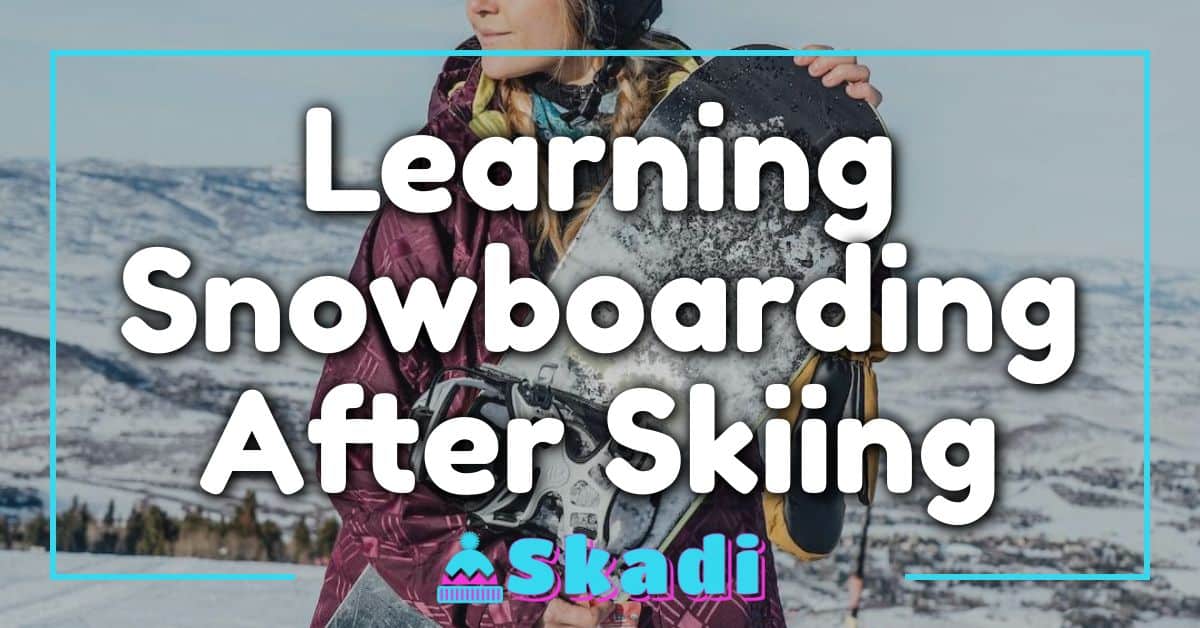
Now let’s make things clear. Yes, there are similarities between skiing and snowboarding but they aren’t exactly identical twins. Think more along the lines of close cousins. So while your skiing skills will definitely give you a leg up (or board up), there’ll still be plenty for you to learn in the snowboarding department.
Snowboarding after skiing is like learning a new language when you’ve already mastered one; some things feel familiar but others are totally foreign. You may have spent years perfecting your pizza and french fry moves on skis, but now it’s time for a different culinary metaphor – think more like flipping pancakes! It’ll feel strange at first – even unsteady – but remember how thrilling those first ski runs were? Expect that same thrill here too because you’re embarking on another exciting journey with countless fresh experiences waiting just beyond that next snowy bend.
Understanding the Transition from Skiing to Snowboarding
So, you’ve hung up your skis and decided to take on snowboarding? Great! But let’s be real. The transition isn’t as easy as trading in your poles for a board. It’s like learning to dance a completely different rhythm, but don’t worry, we’re here to help.
First off, it’s essential to shift your mindset. You might be king or queen of the slopes with two planks under your feet but remember that snowboarding is a whole new ballgame. It requires balance and body coordination skills quite unlike those needed for skiing. So come prepared for some newbie mistakes – they’re part of the fun!
Next up: understanding how weight distribution works differently in both sports. In skiing, you distribute weight equally across both legs, while in snowboarding your weight shifts primarily onto one foot at a time (depending on whether you’re goofy or regular). It’ll feel strange at first but trust us – pretty soon it’ll become second nature.
But what about turning and stopping? Well, in skiing you use edges and ski pole assists whereas in snowboarding, turns and stops are all about shifting body weight and rotating hips and shoulders just right – no poles involved! Yup, it feels weird initially but stick with it; practice makes perfect after all.
Lastly, gear up right! Your ski boots won’t do anymore – you need softer, more flexible boots for snowboarding that allow ankle movement. And grab yourself a helmet too; those initial tumbles can be quite unforgiving!
Just keep these tips handy when making the switch:
- Embrace the beginner mindset
- Understand the difference in weight distribution
- Practice turning without poles
- Get proper gear
Remember that every pro was once an amateur who didn’t give up after their first fall (or second… or third!) Take this transition head-on; before long you’ll be carving up the snow with your board just like you used to do with your skis!
Key Differences Between Skiing and Snowboarding
Diving right into the heart of the matter, it’s important to note that skiing and snowboarding are two different beasts altogether. Sure, they both involve a thrilling ride down snowy slopes, but that’s where most similarities end.
To kick things off, let’s talk about your stance. In skiing, you’re facing forward with one ski on each foot. But when you’re snowboarding, your feet are side by side on a single board and you’re facing sideways. It might not seem like much at first glance, but trust me – it makes a world of difference!
Moving onto equipment differences! Skiers have their poles to help navigate those steep inclines whereas snowboarders rely solely on their body movements for control. And hey, don’t forget about the boots! Ski boots are rigid and upright while snowboard boots are softer and more flexible.
Speed is another biggie in the list of differences between skiing and snowboarding. Generally speaking (and depending largely on skill level), skiers tend to be faster downhill due to the streamlined posture and independent leg movement available to them.
Last but definitely not least is accessibility – how easy or hard it is for beginners to pick up these sports. For most people, learning basic ski maneuvers comes quicker than getting comfortable on a snowboard because skiing allows more natural movement.
So there you have it! From stance direction to speed difference – these key variances make every trip down the mountain a unique experience whether you choose skis or a board under your feet!
Essential Skills for Learning Snowboarding after Skiing
So you’re a skier looking to switch things up and dive into the world of snowboarding? That’s fantastic! But before we get to the fun part, let’s take a moment to talk about some key skills that’ll help you make a smooth transition.
First off, balance is king in snowboarding. Unlike skiing where your weight can be distributed evenly across two separate skis, snowboarding demands that you balance on ONE board. It might be challenging at first, but don’t worry! Your skiing experience has already given you an excellent foundation. Just remember that it’s all about shifting your weight smoothly from one edge of the board to another.
Next up is flexibility. Now I’m not saying you need to become a yogi overnight, but having a certain level of flexibility will definitely help your snowboarding game. Why? Because unlike skiing where movements are more linear, snowboarding involves plenty of twisting and turning motions which require good hip and upper body mobility.
Then there’s strength – particularly lower body and core strength. You see, steering in snowboarding primarily comes from rotating your hips rather than pushing or pulling with your legs like in skiing. This means that strong glutes and core muscles are essential for effective control over your board.
Last but not least is endurance. Let’s face it: falling (and getting back up) is part of learning any new sport, including snowboarding! So having good cardiovascular fitness will certainly come in handy during those long days on the slopes.
As for equipment familiarity – well folks, it’s just as important as physical aptitude! Knowing how to strap into your bindings correctly or adjusting them when needed can save valuable time (and frustration) on the mountain.
Summing up:
- Balance
- Flexibility
- Strength
- Endurance
- Equipment Familiarity
These are the five must-have essentials when you’re learning how to snowboard after skiing. So, what are you waiting for? It’s time to hit the slopes and start carving your own path in the snowboarding world!
Avoiding Common Challenges When Switching to Snowboarding
Imagine you’re a seasoned skier, ready to dip your toes into the world of snowboarding. Sounds exciting, doesn’t it? But let’s face it—there are challenges when swapping two planks for one. Fear not! We’re here to help you navigate this transition smoothly.
First off, patience is key! It’s quite common for folks to feel frustrated in the beginning. After all, you’re used to gliding down slopes with ease on your skis and now suddenly everything feels different. Give yourself time and remember that every pro snowboarder started where you are now.
Secondly, don’t forget about your gear! The boots and bindings for snowboarding differ from what you’d use skiing, so make sure you’ve got the right stuff before hitting the slopes. Here’s a quick comparison:
| Ski Gear | Snowboard Gear |
|---|---|
| Stiff Boots | Flexible Boots |
| Two Bindings | One Binding |
Another biggie is getting accustomed to having both feet strapped in at once—quite different from skiing where one foot can easily be freed up if needed.
Thirdly, let’s chat about body positioning. Skiers tend to lean forward whereas snowboarders need a more centered stance. Remember “shoulders parallel with board” and “knees bent” as your mantra!
Next up—turns! They work differently on a snowboard than they do on skis—you’ll have to pivot around your front foot instead of stepping around with each ski independently.
And finally, don’t shy away from lessons just because you’re already familiar with the mountain terrain from skiing. A good instructor can point out bad habits that might be harder for you to notice yourself and give tips specific for transitioning skiers like:
- Focusing on one thing at a time
- Learning how to fall safely
- Practicing patience and persistence
Switching from skiing to snowboarding is a challenge, no doubt about it. But you’ve got this! With the right guidance and plenty of practice, you’ll be carving up those slopes on your board in no time.
Equipment Needed for a Successful Transition to Snowboarding
So you’re ready to make the leap from skiing to snowboarding, huh? Good for you! But wait, before you hit those slopes, let’s talk about the right gear. Not all equipment is created equal and having the right tools can make your transition smoother and more enjoyable.
First off, you’ll need a good quality snowboard. It’s important that it matches your height, weight, and skill level. You might be tempted to grab one off the shelf at the nearest sports store but it’s advisable to get some expert advice here. Snowboards come in different shapes and sizes depending on whether they’re designed for freestyle (tricks), freeriding (off-piste), or all-mountain (a mix of both).
Next up are snowboard boots. These ain’t like your regular winter boots; they’re designed specifically for snowboarding. Unlike ski boots which are rigid and upright, snowboard boots should be comfortable enough for walking while providing firm ankle support. They usually have a softer flex which allows better maneuverability when carving turns on your board.
You’ll also want to invest in some decent bindings – these secure your boots onto the board – crucial right? The three main types include strap-in bindings, step-ins or speed entry systems; each with their own pros and cons depending on your style of riding.
Now let’s not forget about safety gear: helmet, goggles, wrist guards, knee pads…the works! Here’s why:
- A well-fitted helmet is essential… we don’t need any scrambled brains!
- Goggles will protect those peepers from UV rays and blustery winds.
- Wrist guards can help prevent fractures if you fall.
- Knee pads will cushion any bumpy encounters with ice patches.
And lastly don’t forget about warm clothing layers suitable for variable weather conditions on slopes!
There you have it. Now that you’re all geared up, it’s time to hit the slopes and embark on your new snowboarding adventure! Remember, practice makes perfect. It might be a steep learning curve initially, but stick with it and you’ll soon be shredding like a pro!
Training Tips for Skiers Learning to Snowboard
You’re about to embark on a thrilling adventure, transitioning from skiing to snowboarding. Let’s dive into some practical training tips that’ll make your journey smoother and more enjoyable.
From the get-go, it’s crucial you remember that snowboarding is not skiing. It may sound obvious, but it’s easy to let old habits take over when you’re strapped into a board for the first time. Your stance will shift from forward-facing to sideways, and your weight distribution will need a total recalibration. Embrace these changes—don’t fight them.
Adopting the right mindset can be just as beneficial as physical training. Acceptance of falls and stumbles along the way is key because face it, they’re bound to happen! In fact, most professional snowboarders believe falling is part of learning; it’s how you pick yourself up and try again that matters.
Patience truly is a virtue when learning snowboarding after skiing. It might be frustrating at first as progress could seem slow compared with when you started skiing—but don’t worry! Remember, everyone learns at their own pace. Be patient with yourself and focus on celebrating small victories like nailing your first turn or successfully riding down a beginner hill without taking any tumble.
Now let’s talk gear—you’ve got to dress for success in this sport too! Get yourself kitted out with appropriate safety equipment including helmets and wrist guards before hitting the slopes. Unlike skiing where two poles can help maintain balance, in snowboarding there are no such aids so protecting those wrists becomes even more important.
Lastly but importantly: lessons matter—a lot! Consider investing in professional instruction especially if you’re starting out or finding certain aspects challenging. A trained instructor will provide valuable insights tailored specifically for skiers moving over to boarding world which can significantly speed up your learning process.
So strap on your board—it’s time for an exhilarating ride down the snowy slopes!
Real-Life Experiences: Stories of Skiers Turned Snowboarders
The transition from skiing to snowboarding isn’t always an easy one, but it’s definitely worth the ride. Let’s dive into some real-life experiences of folks who’ve successfully made the switch.
Brenda, a lifelong skier, made the leap at age 35. She admits that fear was her first hurdle. You might think “Hey, I’m already a pro on two planks, how hard could one be?” But Brenda tells us that she spent more time landing on her backside than gracefully carving down the slopes during those first few weeks. Yet, with persistence and a lot of laughter, she eventually found her groove.
Now let’s meet Jeff, another ski veteran who decided to swap his poles for a board. He shared that while he initially felt clumsy and slow compared to his days on skis, he discovered an entirely new way to experience the mountain once he got comfortable on his board. The freedom and flow of snowboarding brought him joy like never before.
Then there’s Lisa who took up snowboarding after skiing for over two decades! Her story gives hope to all apprehensive ski bunnies out there thinking about making the switch too late in life. According to Lisa, learning to snowboard rejuvenated her love for winter sports and opened up a whole new world of adventure.
So what do these stories tell you? It might not be smooth sailing from day one (or even day twenty-one), but with patience and perseverance, you’ll get there! And when you do reach your snowboarding goals – whether that’s simply staying upright or mastering advanced tricks – it will feel oh-so rewarding.
And remember this nugget as we move forward: No matter how steep your learning curve may seem now; every expert was once a beginner!
Conclusion: Embracing the Excitement of Learning Snowboarding
Well, you’ve made it! You’re at the end of your ski-to-snowboard journey. But let’s be honest, this is just the beginning. The fun part? That’s coming right up!
Now that you’ve got all this knowledge under your belt, it’s time to dust off that snowboard and hit the slopes. It might seem a little daunting at first, but trust me – once you start sliding down those hills, you’ll feel an exhilaration unlike any other. Remember how great it felt when you conquered skiing? Get ready for round two.
And don’t worry if things don’t go perfectly straight away. Even with skiing experience behind you, there will be plenty of new challenges to face on your snowboarding adventure.
So what’s next on your agenda?
- Trying out that new gear
- Practicing your balance on flat terrain
- Tackling those beginner-friendly slopes
- Gradually progressing towards more challenging runs
Each step is a victory in itself. So take it slow and celebrate every success along the way.
As for falling – well, let’s face it – we all tumble once in a while (even experts!). The trick here isn’t avoiding falls completely; rather, learning how to fall correctly can save you from injuries and keep the fun rolling.
Remember this isn’t about becoming an overnight expert or beating anyone else down the slope – it’s about embracing a new passion and enjoying every moment of learning something different. Sweet rides are waiting for ya!
So go ahead! Grab that board and get ready to carve some fresh tracks in the snow. There’s no better time than now to embrace the excitement of learning snowboarding.
In conclusion (without saying “in conclusion”), life is too short not to try something thrilling like snowboarding after mastering skiing! You never know; this could be the start of an amazing snow-filled adventure.
Happy shredding, folks!

